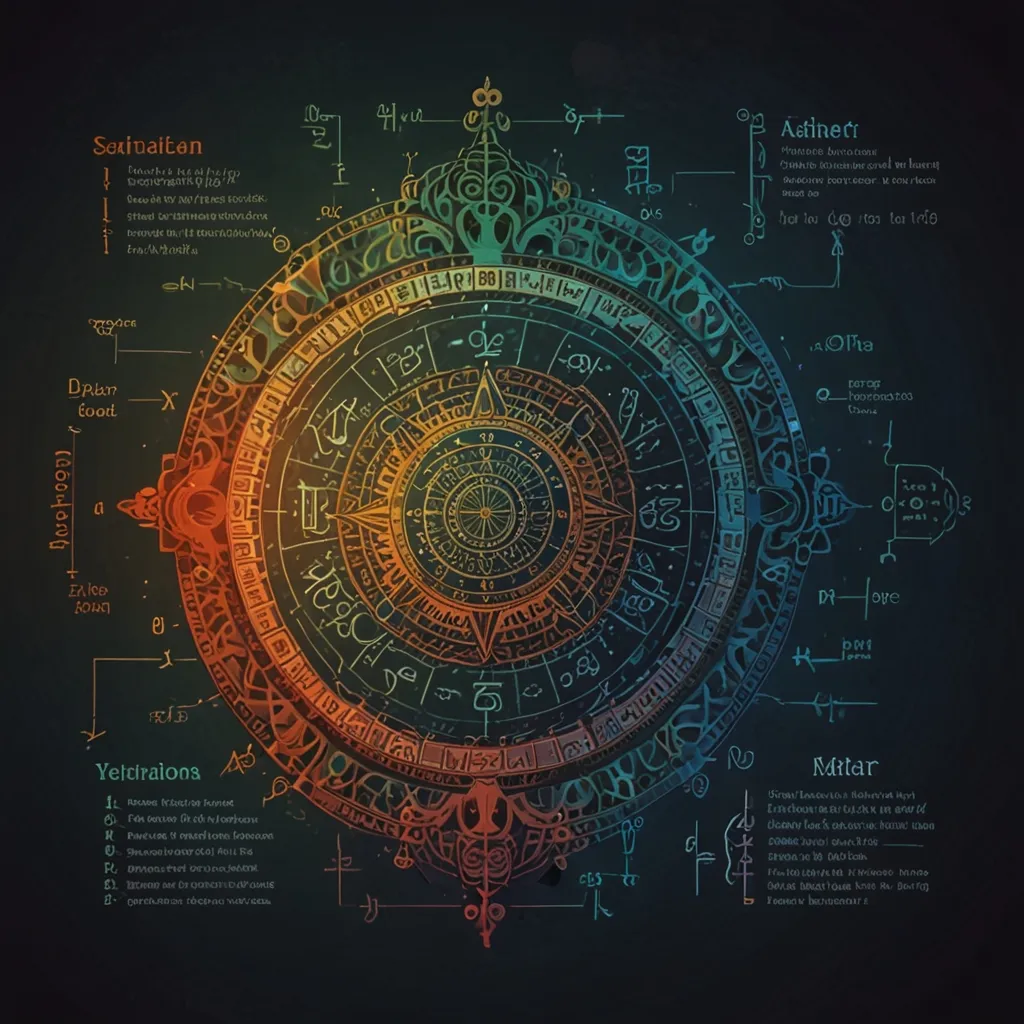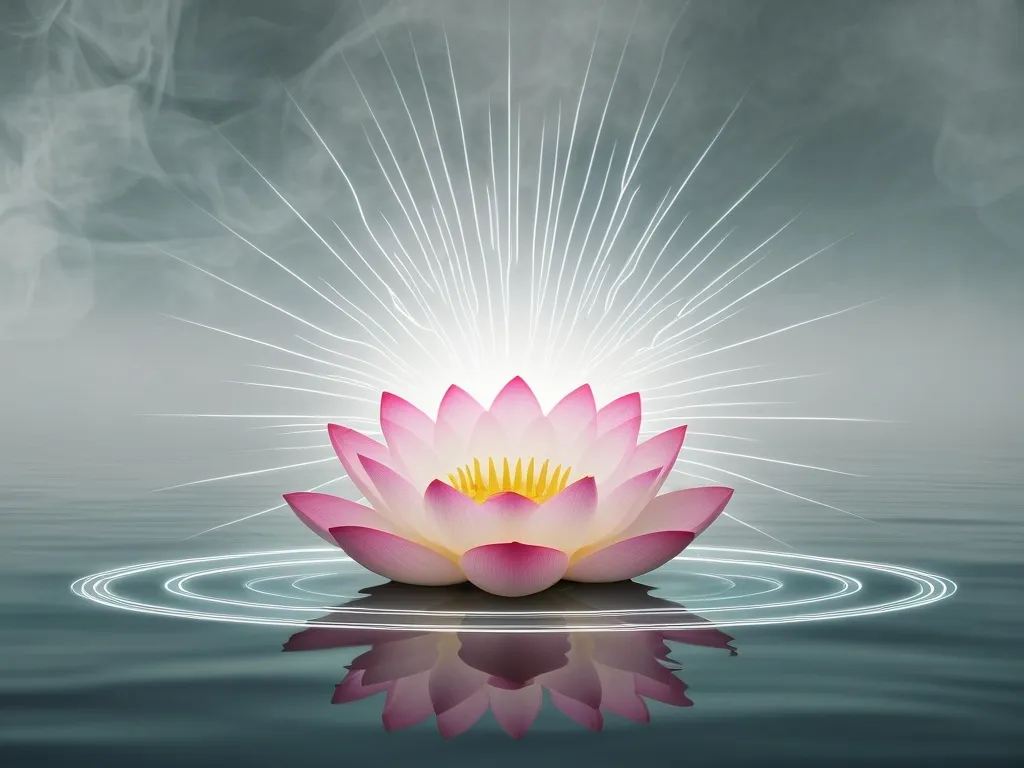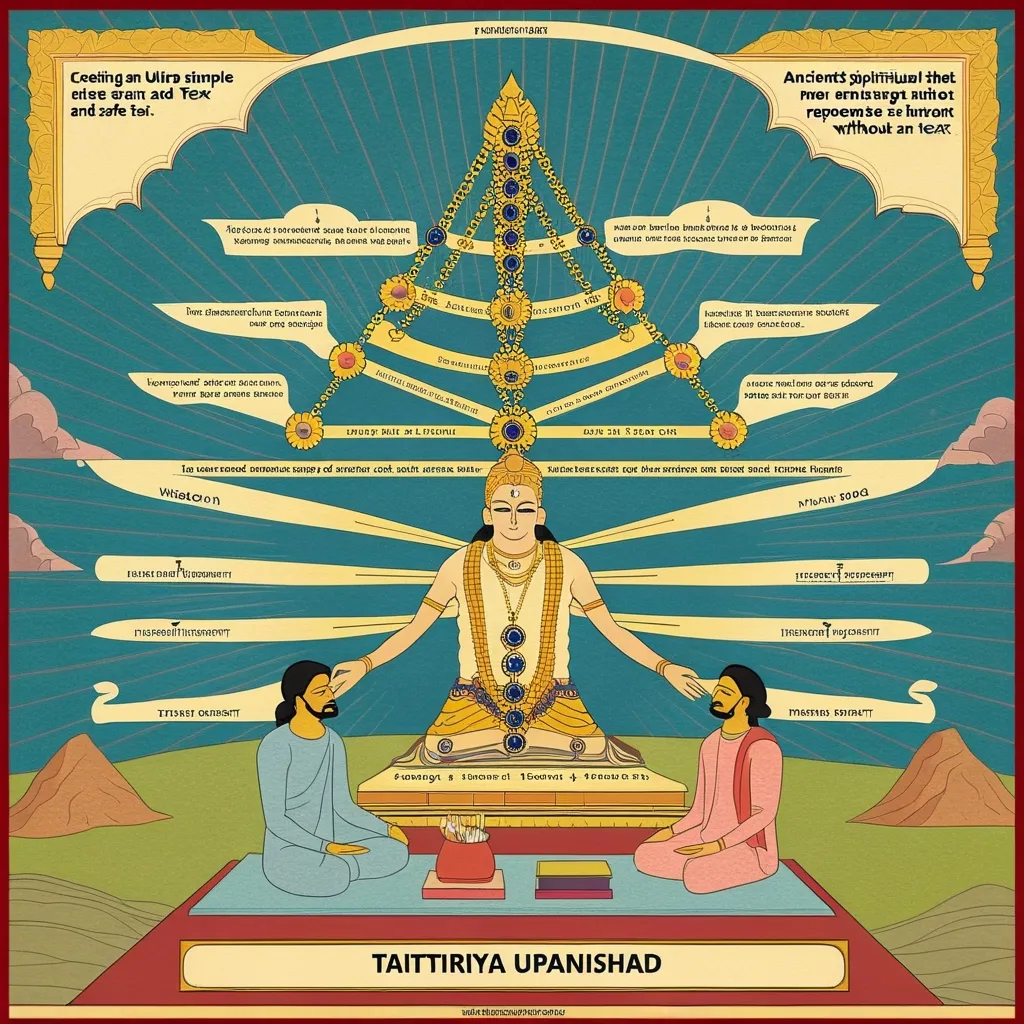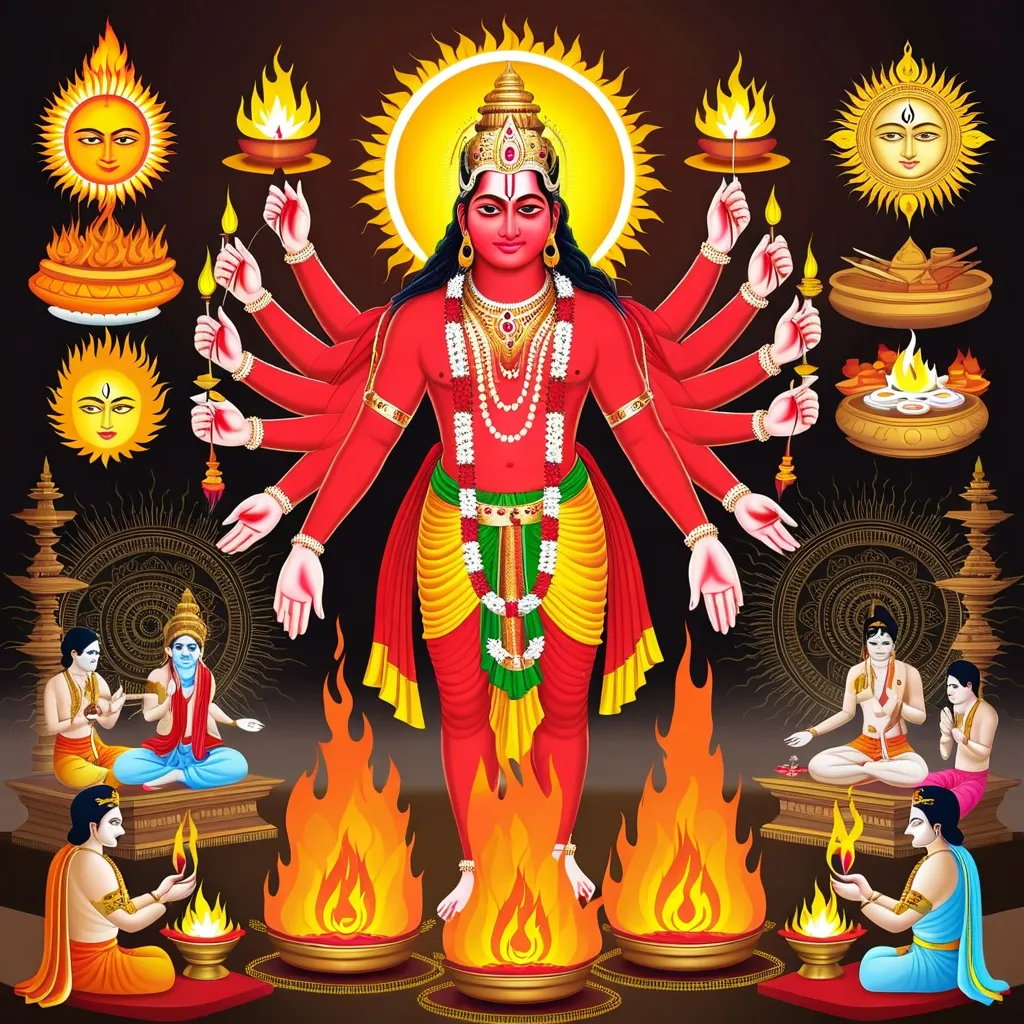Vedic mathematics is like a hidden treasure trove from ancient India, offering a set of super-efficient and quick methods for various mathematical computations. These methods, called sutras, were brought back into the spotlight in the 18th and 19th centuries by Sri Bharati Krishna Tirthaji.
Derived from the Vedas, the oldest and most sacred Hindu scriptures, Vedic mathematics gives us 16 sutras that make solving math problems a breeze. While there’s some debate on whether these techniques were taken directly from the Vedas, their roots in India’s ancient mathematical traditions are undeniable.
What makes Vedic mathematics truly stand out is its speed and efficiency. These sutras let you solve calculations with lightning speed, often with mental math techniques. For instance, the “Nikhilam Sutra” can help you quickly calculate products and quotients using an intuitive and straightforward method. It’s like having a math superpower!
Now, Vedic mathematics isn’t just about being fast. It’s got a classic charm that integrates arithmetic and algebra effortlessly. This approach makes solving even complicated calculations feel like a walk in the park. For example, the “Anurupyena Sutra” helps in calculating successive powers of a number using a principle similar to the binomial theorem. This method simplifies complex problems, making them easy to handle.
But there’s more! Vedic mathematics is designed to encourage creativity, logical thinking, and intuition. Unlike rigid conventional methods, this system gives you the freedom to solve problems your way. This flexibility boosts creativity and confidence. For instance, the “Ekadhikena Purvena Sutra” lets you identify prime numbers and solve equations in unique and engaging ways.
Even in today’s world, Vedic mathematics has found its place. It’s used in fields like navigation, trade, engineering, and even astronomy. It’s versatile in solving problems in statistics, permutations, and combinations. For example, the technique for multiplying numbers close to a base number is incredibly useful in computational mathematics.
When you look at the history of Vedic mathematics, you see how it fits into a bigger picture that includes contributions from ancient Indian mathematicians. This system shares similarities with other ancient mathematical traditions, like those of the Babylonians and Egyptians. And it highlights the work of mathematicians like Srinivasa Ramanujan, who made extraordinary contributions to the field using intuitive and original methods.
To show how practical Vedic mathematics is, consider the “Paravartya Yojayet Sutra,” which helps transpose numbers for quick calculations. For instance, if you need to calculate (43 \times 17), this sutra lets you break down the problem into simpler steps, making it faster and easier to solve.
Another example is the “Urdhva-Tiryagbhyam Sutra” used for multiplication. This sutra involves splitting the multiplication into smaller parts and then combining them. So, if you’re multiplying (34 \times 17), you break it down into ((30 + 4) \times (10 + 7)), apply the sutra, and get the result quickly.
Vedic mathematics is famously flexible. These sutras can be used in different ways, allowing students to find their unique approach to problem-solving. This adaptability nurtures creativity and intuition, turning math into a fun and stress-free activity. For instance, the “Antyayordasake’pi Sutra” is handy when calculating the product of two numbers ending in 5, making specific calculations super easy.
Additionally, Vedic mathematics helps improve memory and mental alertness. The techniques are consistent and stress-free, helping build confidence and reduce math anxiety. By practicing these methods, students can deepen their understanding of mathematical concepts and enhance their overall performance.
In essence, Vedic mathematics blends ancient wisdom with modern-day practicality. It offers a refreshing take on mathematical calculations that’s not only faster and more efficient but also genuinely enjoyable. By encouraging creativity, logical thinking, and intuition, Vedic mathematics makes math accessible and fun for everyone. Whether you’re a student keen on improving your math skills or an educator looking for innovative teaching methods, Vedic mathematics is worth diving into.
In our fast-paced world, being flexible and adaptable is key to thriving. Vedic mathematics provides these traits in spades, making it a valuable addition to any educational toolkit. As we continue to explore and apply these ancient sutras, we may discover even more ingenious ways to tackle modern mathematical challenges, seamlessly blending ancient knowledge with contemporary needs.






